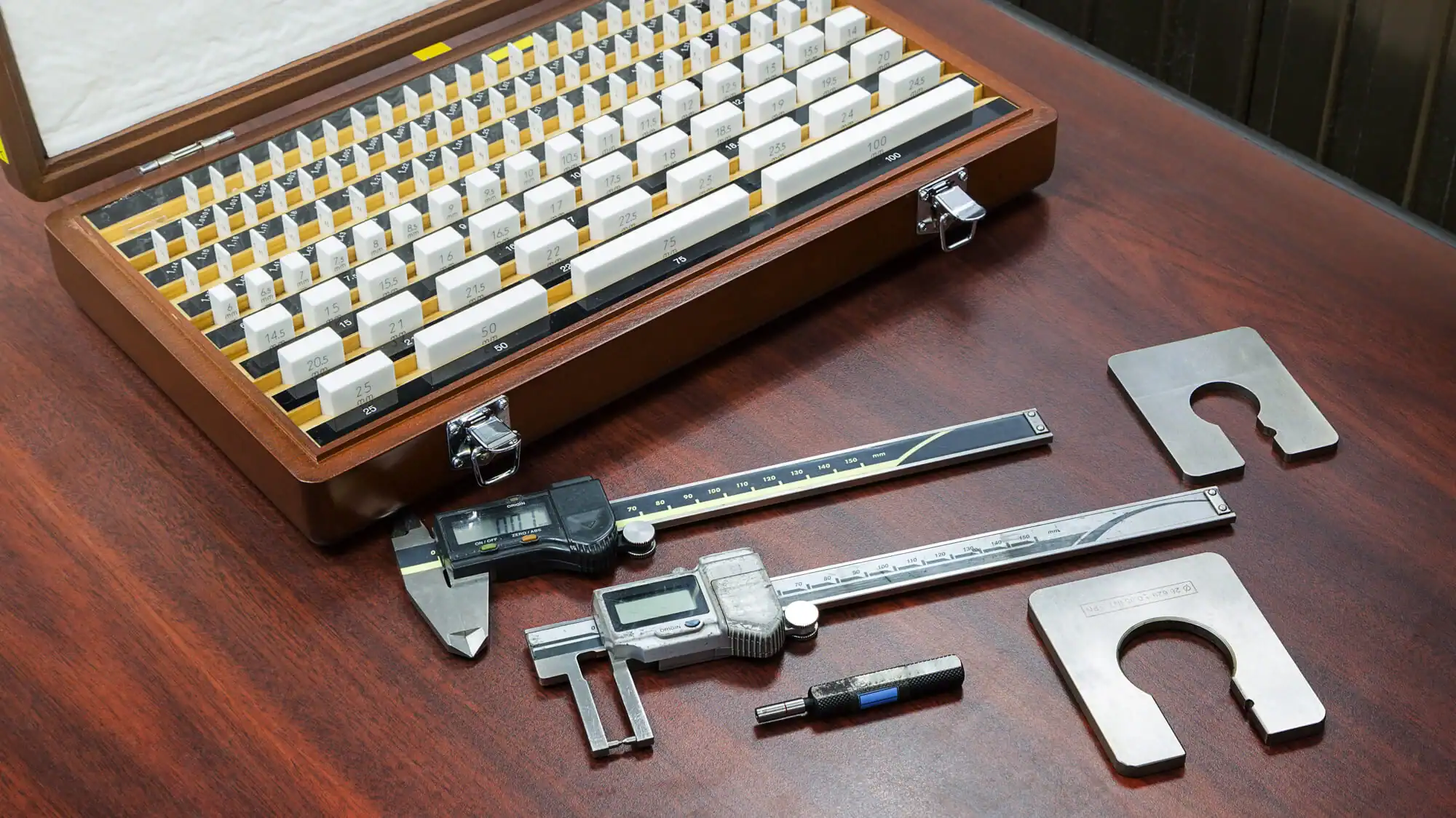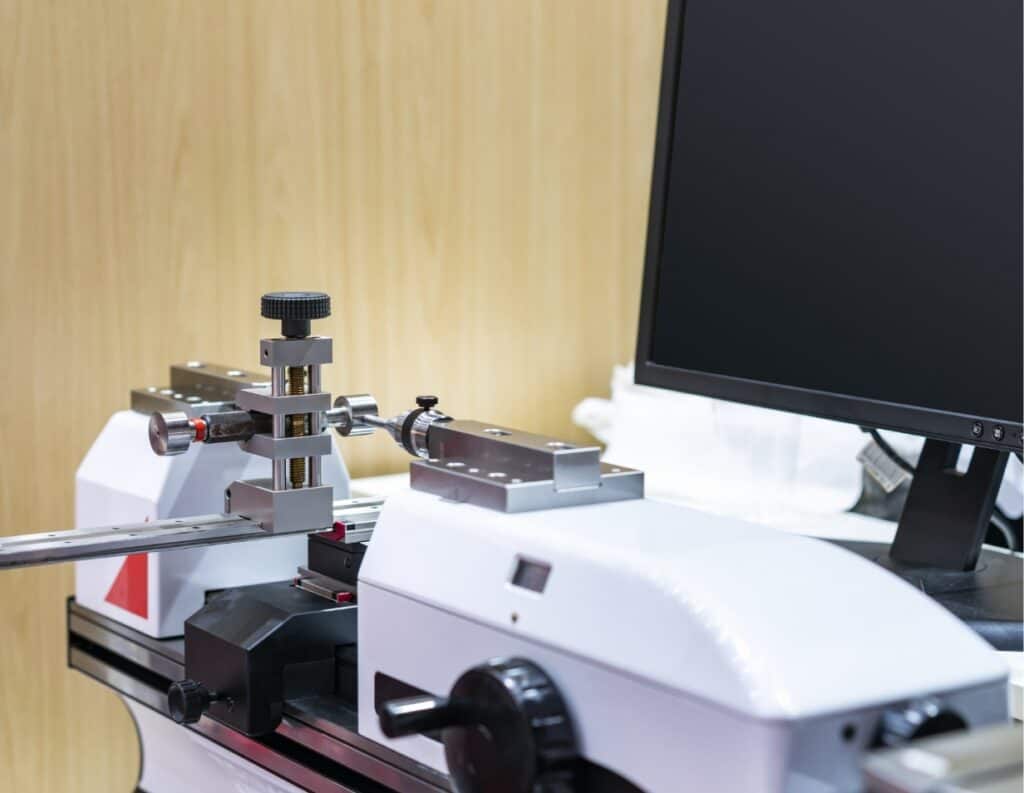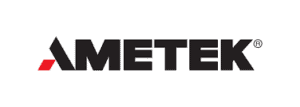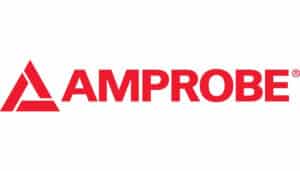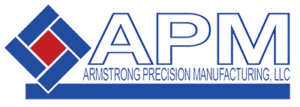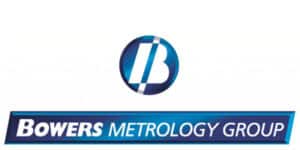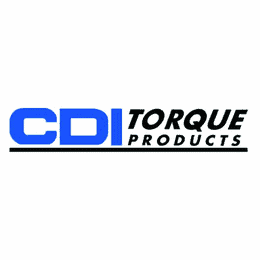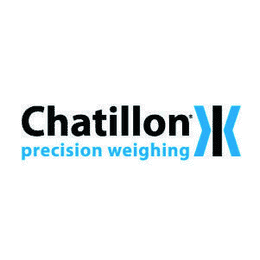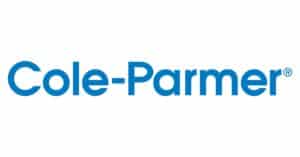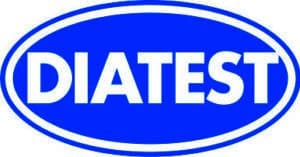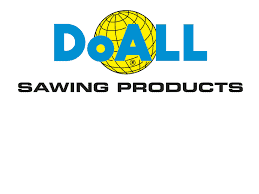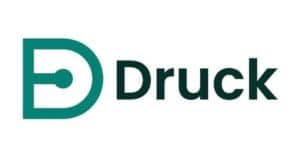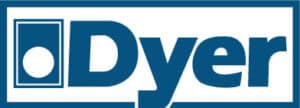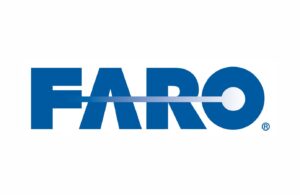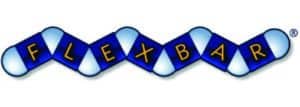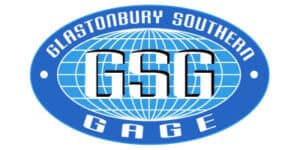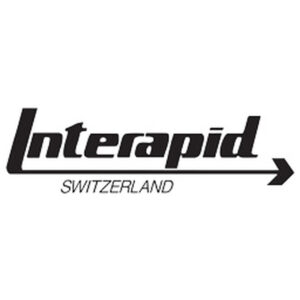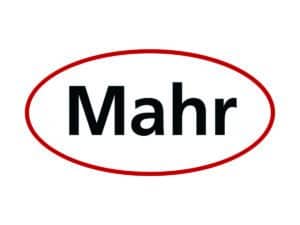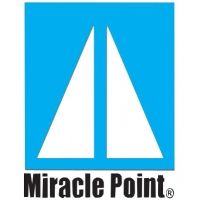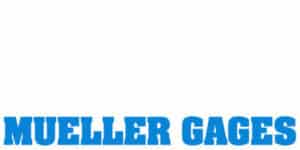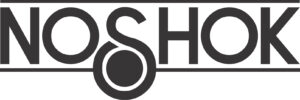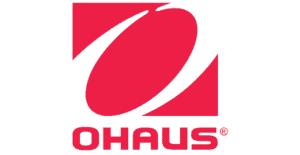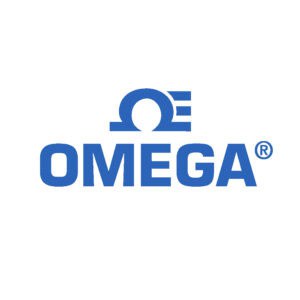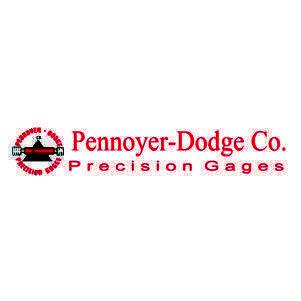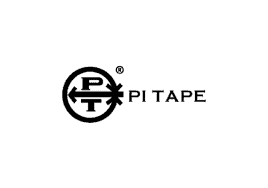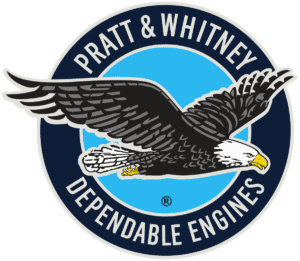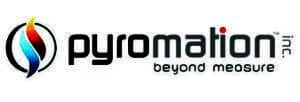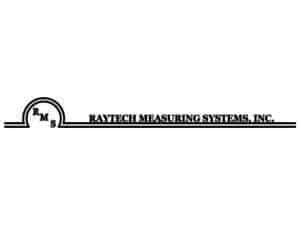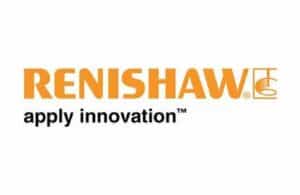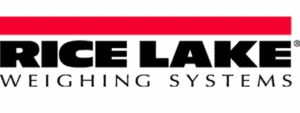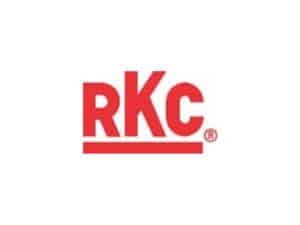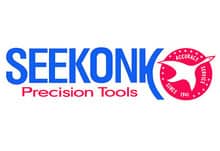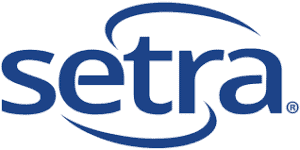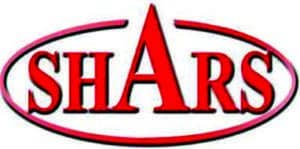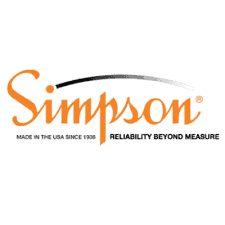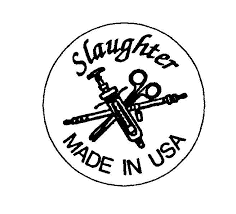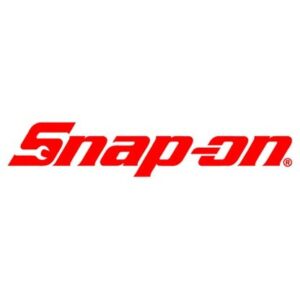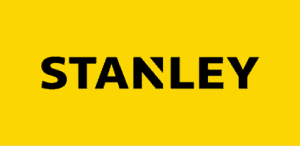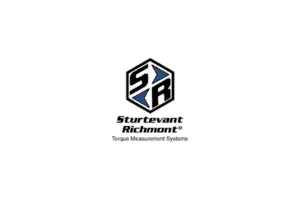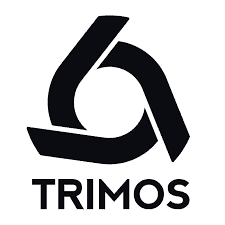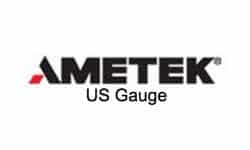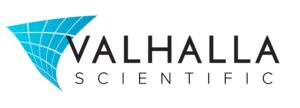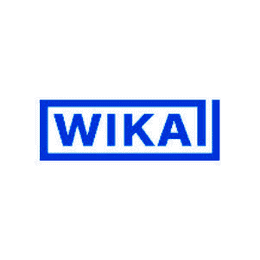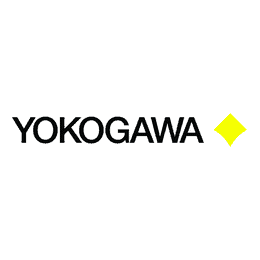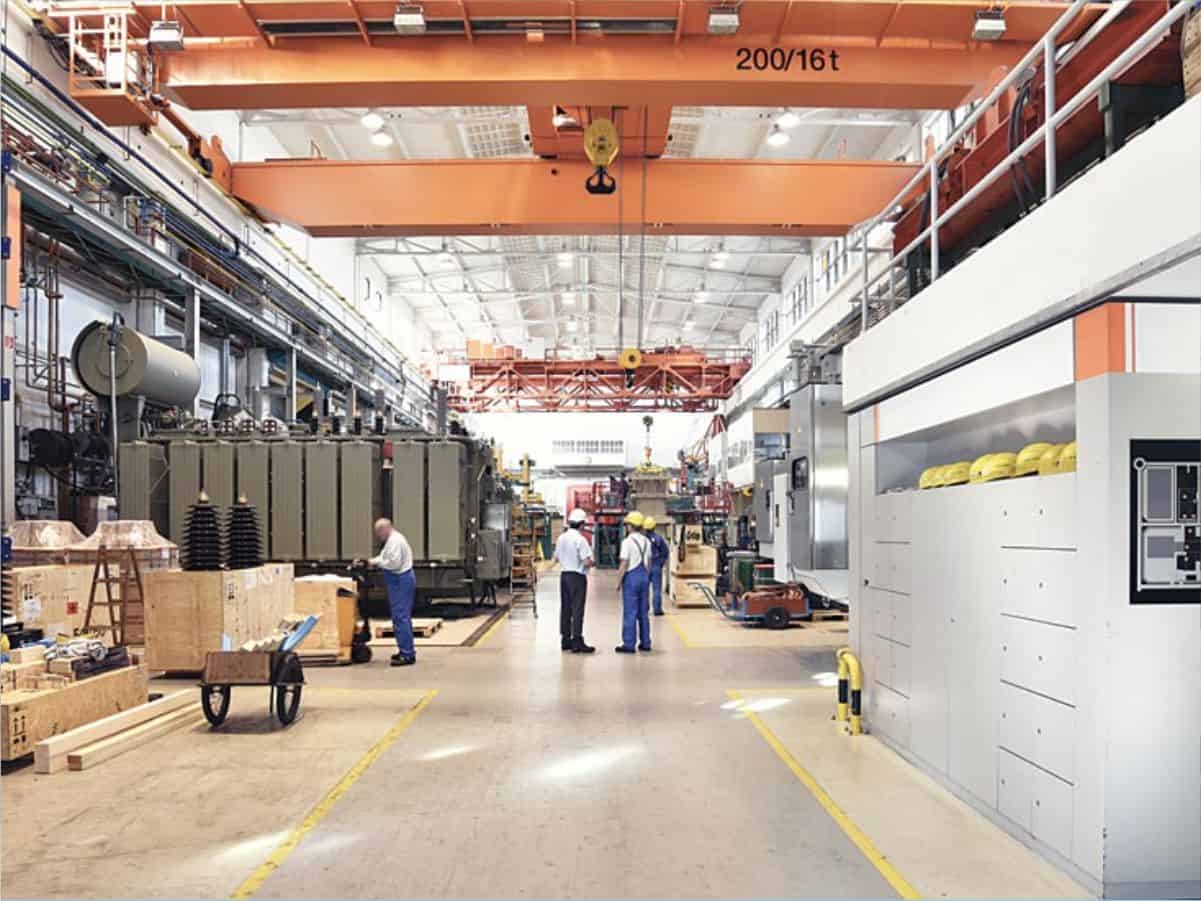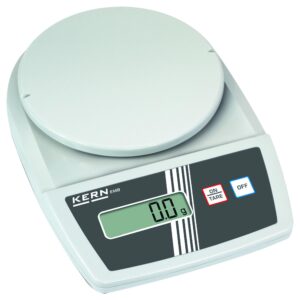Weights Calibration Information
Each weight calibration is performed with exacting care, following a thorough comparison process:
- Direct comparison on our highest-resolution analytical balance
- Calibration against a certified reference weight from Rice Lake Weighing Systems
- Verification of nominal value accuracy through a swap-out comparison between the reference weight and the customer’s weight
Using this method, we ensure that even the smallest discrepancies in weight are identified, providing you with the most precise weight calibration possible. Each calibration is verified against strict tolerance levels to confirm that every weight meets its designated class.
Our technicians are highly skilled in calibrating weights for different ASTM classes and OIML classes, allowing us to serve all your weight calibration needs. Some of the weight classes we can calibrate include:
- ASTM Class 7 Weight Calibration
- ASTM Class 6 Weight Calibration
- ASTM Class 5 Weight Calibration
- ASTM Class 4 Weight Calibration
- OIML Class F2 Weight Calibration
- OIML Class M1 Weight Calibration
- OIML Class M2 Weight Calibration
- NIST Class F2 Weight Calibration
Fox Valley Metrology’s ISO/IEC 17025 accredited weight calibration services can cover a vast array of weight types, such as:
- Reference Weight Calibration
- Mass Standard Calibration
- Microgram Weight Calibration
- Analytical Weight Calibration
- Precision Weight Calibration
- Lab Weight Calibration
- Calibration Weight Calibration
- Scale Weight Calibration
- Test Weight Calibration
With our careful calibration process, your weights will meet industry requirements for reliability and accuracy, supporting consistent, quality-driven results in your applications.
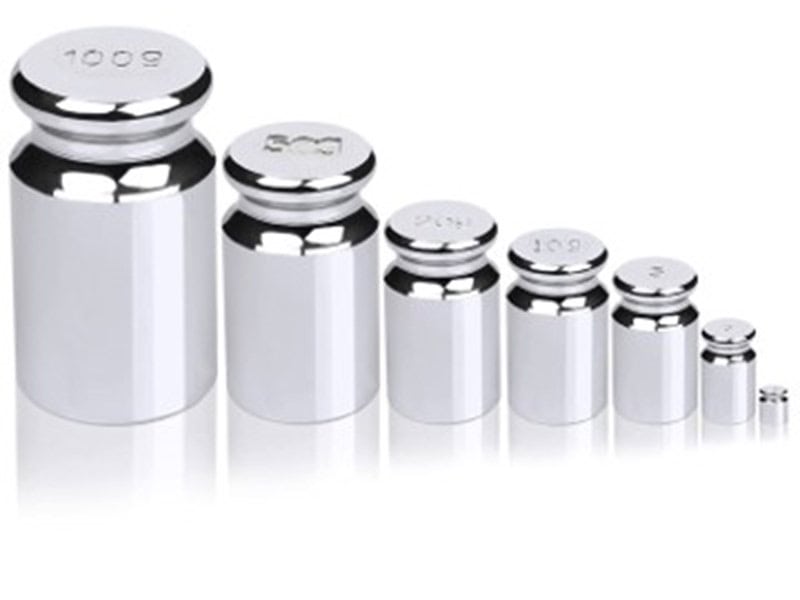
What is a Weight?
A weight is a heavy object, typically made of metal or lead, used to add mass or create a specific force. For example, calibration weights are used to check the reading of a scale to make sure it is still accurate.
Common Weight Uses
- Calibration of scales and balances
- Calibrate pressure gages, via a deadweight tester
- As balance weight to rotating parts like flywheels
- Maintain or adjust pressure in hydraulic systems
- As a counterweight to balance parts being machined properly
Common Calibration Weight Classes
In the US, the ASTM weight classification system is the most prevalent:
ASTM Class 7 Calibration Weights
Primarily used in industrial applications that require rough measurements, ASTM Class 7 has the highest tolerance allowable in the ASTM classification system. Calibration weights with an ASTM Class 7 are suitable for Class III, Class IIII, and non-designated scales like floor scales, shipping scales, and other industrial devices.
ASTM Classes 4 – 6 Calibration Weights
ASTM Class 4, ASTM Class 5, and ASTM Class 6 calibration weights are primarily used to check and calibrate Class III, IIIL, and unmarked scales. Precision balances and those scales found in student laboratories typically require calibration weights within these classes. These scales typically have readability, or divisions, lower than 0.1 grams (i.e., 0.5g, 1g, etc.).
ASTM Class 3 Calibration Weights
Moderate precision balances, or those with readability from 0.1 to 0.01 grams, generally require an ASTM Class 3 calibration weight. These types of scales, like the Ohaus Adventurer AX2202N/E, are commonly found in commercial laboratory environments.
ASTM Class 2 Calibration Weights
Higher precision balances, or those with readability between 0.01 and 0.001 grams (1 milligram), require an ASTM Class 2 weight for calibration purposes. High precision balances, like the Ohaus Explorer EX423N, are used in the pharmaceutical and chemical compounding industries.
ASTM Class 1 Calibration Weights
Analytical and semi-micro balances have readabilities of 0.1 mg and 0.01 mg respectively. It is recommended to use an ASTM Class 1 weight when calibrating devices that can weigh out to a fraction of a gram. ASTM Class 1 weights may also be used as references when calibrating other weights with higher tolerances. Users should wear gloves or tweezers when handling these weights as any oils or dirt from their hands can alter the weights’ tolerances.
ASTM Class 0 – 000 Calibration Weights
Almost exclusively, metrology laboratories use ASTM Class 0, ASTM Class 00, and ASTM Class 000 as reference standards for calibrating other weights and are often expensive. Controlled environments are required when using these classes of calibration weights because of their tight tolerances. These classes of weights should be handled delicately with tweezers as they are often minute in size.
Weight Calibration Services
Class:
- ASTM Class 7 Weight Calibration
- ASTM Class 6 Weight Calibration
- ASTM Class 5 Weight Calibration
- ASTM Class 4 Weight Calibration
- OIML Class F2 Weight Calibration
- OIML Class M1 Weight Calibration
- OIML Class M2 Weight Calibration
- NIST Class F2 Weight Calibration
Type:
- Reference Weight Calibration
- Mass Standard Calibration
- Microgram Weight Calibration
- Analytical Weight Calibration
- Precision Weight Calibration
- Lab Weight Calibration
- Calibration Weight Calibration
- Scale Weight Calibration
- Test Weight Calibration
Construction:
- Grip Handle Weight Calibration
- Hooked Weight Calibration
- Slotted Weight Calibration
- Weight Hanger Calibration
- Weight Cart Calibration
Material:
- Stainless Steel Weight Calibration
- Cast Iron Weight Calibration
- Brass Weight Calibration
- Aluminum Weight Calibration
- Ceramic Weight Calibration
Common Calibration Weight Brands
- Rice Lake Weighing Systems Weight Calibration
- Troemner Weight Calibration
- Ametek Weight Calibration
Weight Calibration Standards & Procedures
- ASTM E617 (Standard Specification for Laboratory Weights and Precision Mass Standards)
- OIML R1111 (International Recommendation for Weight Classes)
- NIST 105-1 (Specifications and Tolerances for Field Standard Weights)


